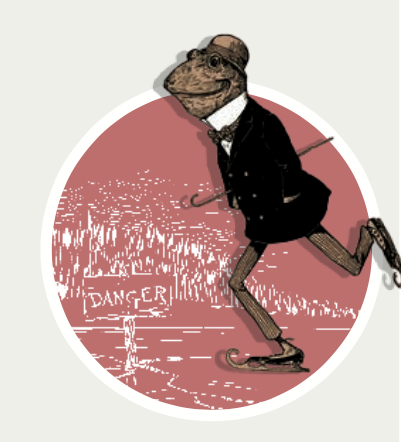A stiletto umbrella for defensive purposes, a pen knife with 80 blades and an envelope folding machine – just three of the items unveiled at the Great Exhibition of 1851, the greatest show and tell session the world had ever seen...
Lewis Carroll said the Great Exhibition was “like a sort of fairyland”, while essayist Walter Bagehot wrote that it was “a great fair under a cucumber frame”. The Crystal Palace was built especially for the show – over 30 metres high and the size of 15 football pitches, with over 10 miles of aisles.
The exhibition was the brainchild of Prince Albert and was opened by Queen Victoria on 1 May 1851. During the six months its doors were unlatched, visitors consumed 28,046 sausage rolls, 1,000 gallons of pickles and 37 tons of salt. Six million people paid entry to walk among its exhibits from all over the world, including a piano that could be played by four people at once, papier mâché furniture, and a dressing table that doubled as a fire escape.
Visitor Mary Smith was recorded marvelling over an invention that may have inspired Wallace and Gromit: a bedstead fitted with an alarm that on the set hour would fold itself up, hurling the sleeper out of slumber. Another display was a glass case holding 200,000 live bees, which brings to mind Damien Hirst’s formaldehyde installations. But what other Great Exhibits left their mark?
The Tempest Prognosticator
By Dr George Merryweather, museum curator
Whitby, England
This elaborate apparatus was developed by Dr George Merryweather after he observed that leeches became agitated when there was a storm approaching. To harness this phenomenon, Merryweather placed 12 glass bottles around the base of a circular stand, at the top of which was a bell surrounded by 12 hammers. He placed a leech in each bottle, and as the leeches became agitated by an approaching storm, they would crawl up the bottle, dislodging a piece of whalebone, which would make the bell ring. Merryweather explained the reason for the bottles’ positioning was so the leeches could see their fellow inmates and “not endure the affliction of solitary confinement”.
This invention may have had an unpredictable influence, not just on natural barometers that followed, but also on subsequent studies into human barometers that looked at how approaching weather formations affect mental health.
You can see a replica of the Tempest Prognosticator on display at Whitby Museum.
The Yacht Piano
By William Jenkins, inventor and manufacturer
London, England
What does every gentleman’s yacht need but a piano? And with William Jenkins’ clever design displayed at the Great Exhibition, a collapsible keyboard meant the notoriously cumbersome instrument could, when folded, measure just 131⁄2 inches from front to back. Made from walnut – and carved and ornamented in the Elizabethan style – Jenkins exhibited it as an “Expanding and Collapsing Pianoforte for gentlemen’s yachts, the saloons of steam-vessels, ladies’ cabins, etc.”
Various companies went on to make yacht pianos, including Chappell & Co and Crammer & Co, as well as London department stores like John Barker and Whiteleys. Some models were elaborately decorated for the most wealthy yacht owners.
Jenkins’ Yacht Piano may even have influenced later designs. In 1866, Charles Hess filed a patent for a ‘convertible bedroom piano’, which, as well as being a fully functioning instrument, came complete with a hidden couch, a closet for bedclothes, a wash basin and a music stool containing a writing desk and looking glass.
The Comical Creatures
By Hermann Ploucquet
Stuttgart, Germany
Besides the Koh-i-Noor diamond from India, one other exhibit that was said to really capture the attention of the crowds was that of taxidermist Hermann Ploucquet. Even Queen Victoria herself described Ploucquet’s display as “really marvellous”.
Ploucquet’s tableaux featured a large number of stuffed animals in human scenarios. Among the scenes were duelling dormice, ice-skating hedgehogs, a frog carrying an umbrella, and six kittens serenading a piglet underneath her window.
A reviewer from the Morning Chronicle wrote,“The animals borrow exaggerated expression without losing their brute looks and the rationale of the irresistible risibility which they excite is the wondrous union of brute face with human expression.”
Plouquet’s exhibit was so popular, his book The Comical Creatures of Wurtenburg was rushed out in the same year. His work is thought to have had a great deal of influence on subsequent artists, such as taxidermist Walter Potter, as well as on a fair few greetings cards since.
Words: Lela Tredwell, Illustrations: Johnathan Montelongo




